Think size doesn’t matter? These sprawling cities might change your mind. While most people focus on population when ranking American cities, land area tells a fascinating story of how U.S. municipalities grew and evolved. From sun-baked desert metropolises to Alaskan giants that could swallow small states, these massive cities challenge our perception of urban boundaries.
Some might surprise you – three Alaskan cities dominate the top spots, while Montana sneaks in two entries that most Americans have never heard of. Meanwhile, New York City is nowhere to be found… So let’s explore these territorial titans and discover why bigger sometimes really is better.
12. Los Angeles, California (471 square miles)
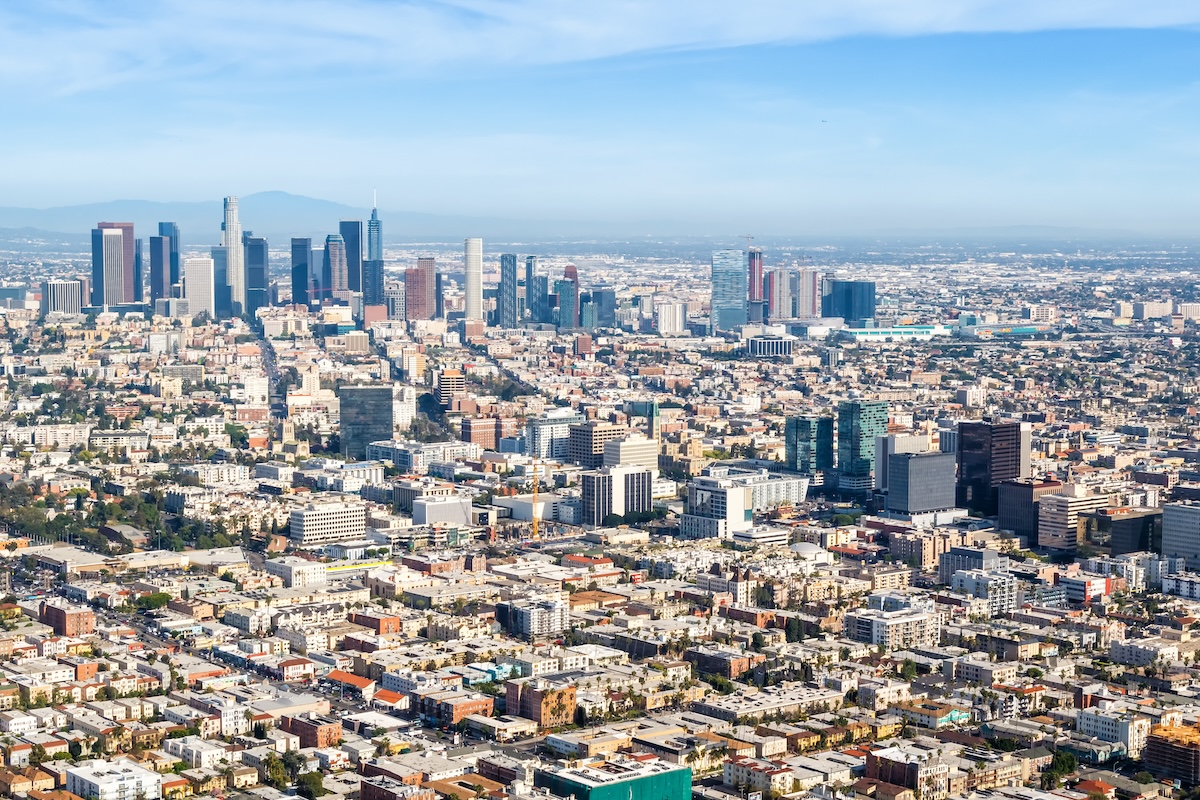
Stretching from the Pacific to the mountains, LA sprawls across a massive basin that somehow still isn’t big enough to contain its outsized influence. This entertainment capital packs more cultural landmarks per square mile than most countries, from the Hollywood Hills to Venice Beach.
Despite ranking “only” twelfth by area, LA’s diverse landscape includes everything from coastal plains to mountain ranges, with elevations ranging from sea level to 5,074 feet at Mount Lukens. The city actually envelops several independent cities, like Beverly Hills and West Hollywood, creating weird municipal donut holes in its massive footprint.
11. Nashville, Tennessee (476 square miles)
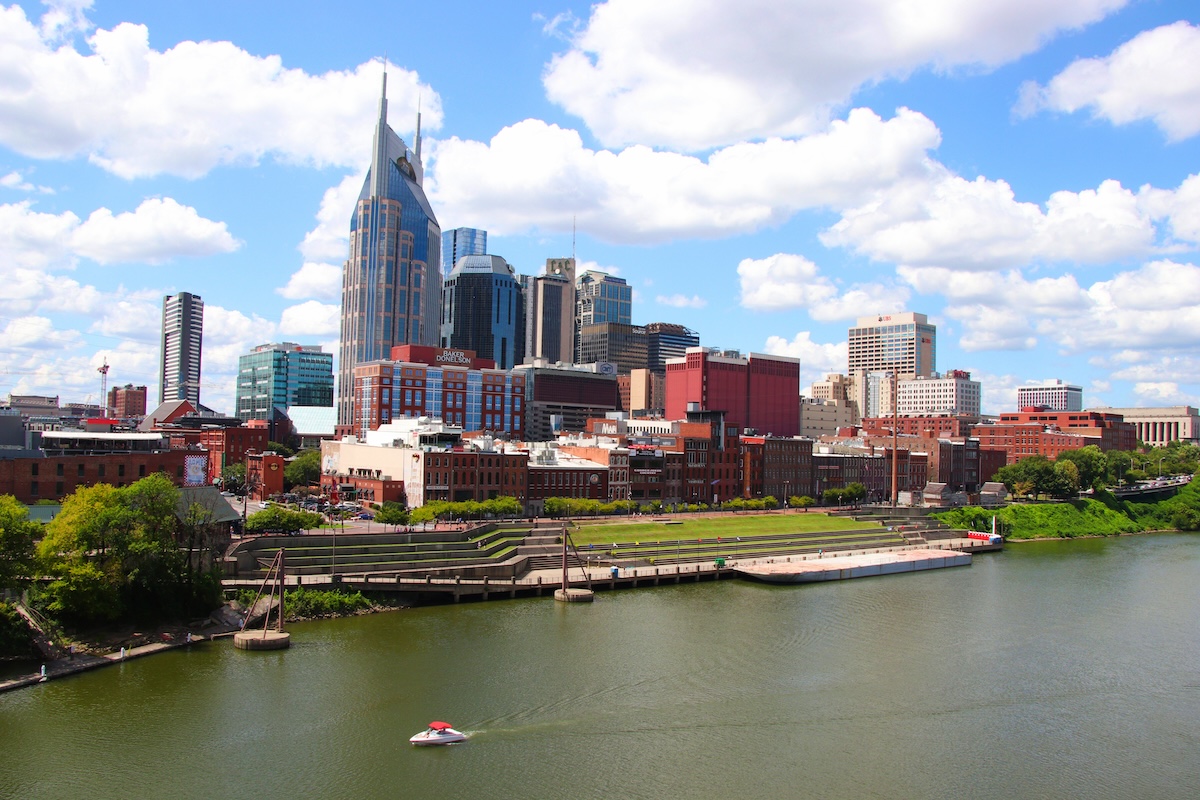
Music City stretches way beyond the neon lights of Broadway. Thanks to an aggressive 1963 city-county consolidation, Nashville absorbed most of Davidson County, creating a unified metropolitan government that covers everything from urban honky-tonks to rural farmland.
This massive footprint includes seven different watersheds, two rivers, and enough country music venues to keep you line-dancing for months. Fun fact: the consolidation was so complete that Nashville technically has its own forest, the 1,368-acre Warner Parks, where you could legitimately get lost without ever leaving city limits.
10. San Antonio, Texas (499 square miles)

Remember the Alamo? It’s now just a tiny dot in this sprawling Texas giant. San Antonio grew through massive annexation campaigns in the 1940s and ’50s, swallowing enough land to fit three San Franciscos inside its borders. The city limits stretch so far that you can start your day at a historic Spanish mission and end it at a Texas Hill Country ranch without ever leaving town.
With terrain varying from flat prairies to limestone karst, the city includes over 125 miles of waterways and enough space to house five military installations – because everything really is bigger in Texas.
9. Phoenix, Arizona (518 square miles)
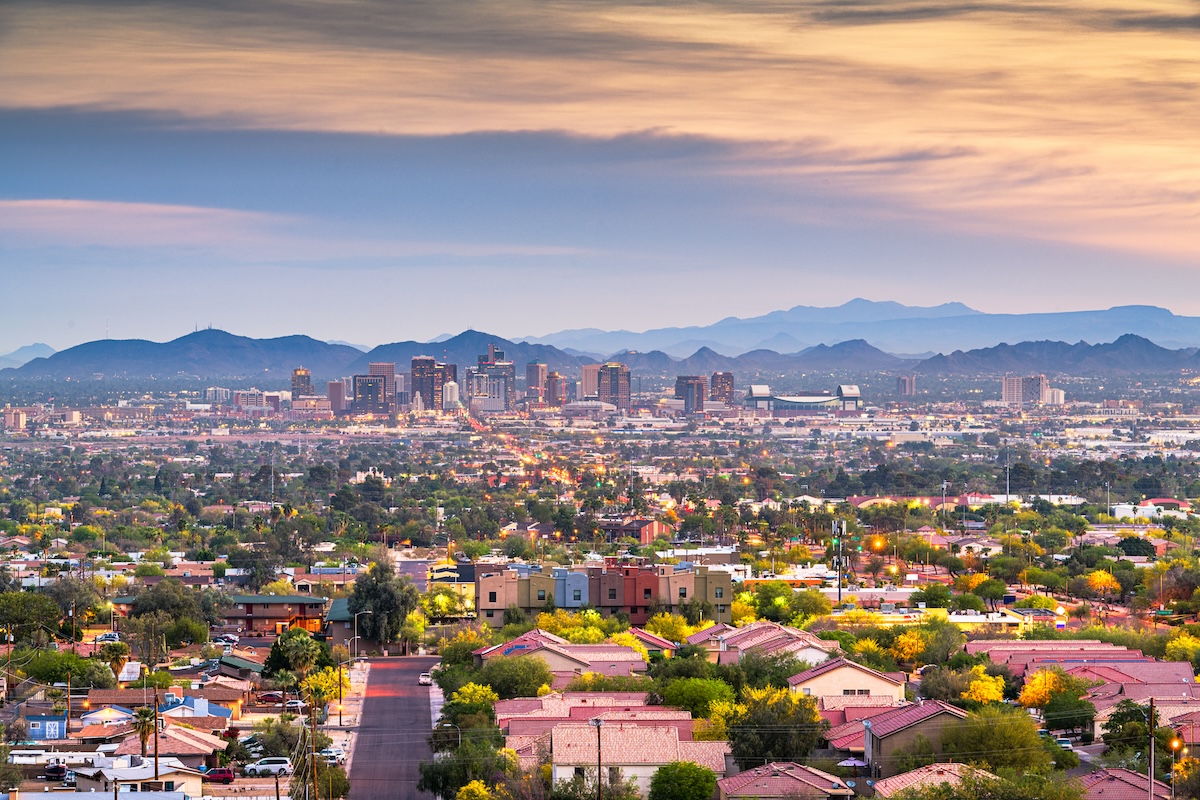
Rising from the Sonoran Desert, Phoenix covers enough ground to fit Manhattan four times over – with room left for a few golf courses. This desert metropolis sprawls across a valley ringed by mountains, with elevations ranging from 1,086 to 2,704 feet.
The city’s massive size includes parts of three Native American reservations and enough desert preserves to make it the largest urban park system in America. Ever wonder why they call it the Valley of the Sun? The city’s footprint includes 300 days of sunshine spread across more square miles than any other Southwestern city.
8. Oklahoma City, Oklahoma (607 square miles)
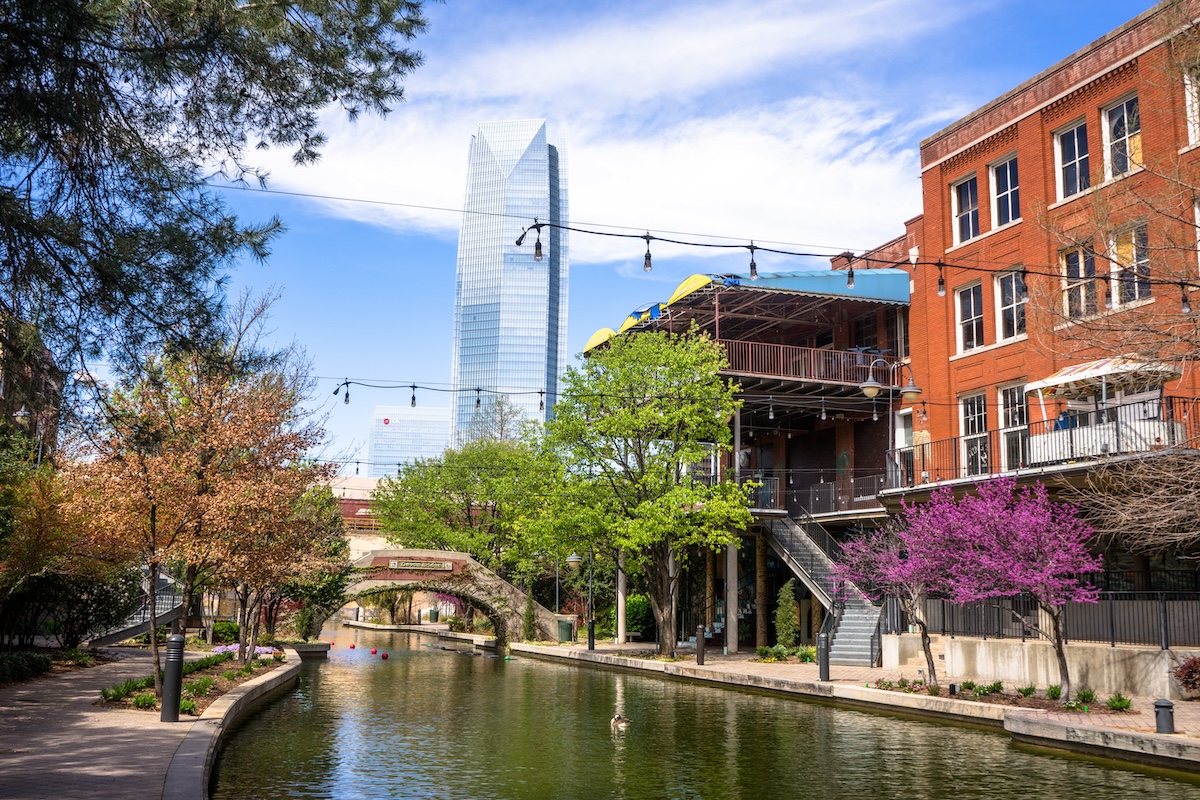
OKC could fit all of Chicago, Boston, and Washington D.C. inside its city limits – with space left over for a rodeo. This enormous footprint resulted from a 1960s land grab when city leaders annexed everything in sight, creating a municipality that stretches across three counties.
The city includes four distinct quadrants divided by Interstate highways, each with its own character – from urban skyscrapers to actual working farms. You can find oil wells pumping away next to shopping centers, and the city maintains enough miles of road to drive from OKC to Los Angeles.
7. Houston, Texas (641 square miles)
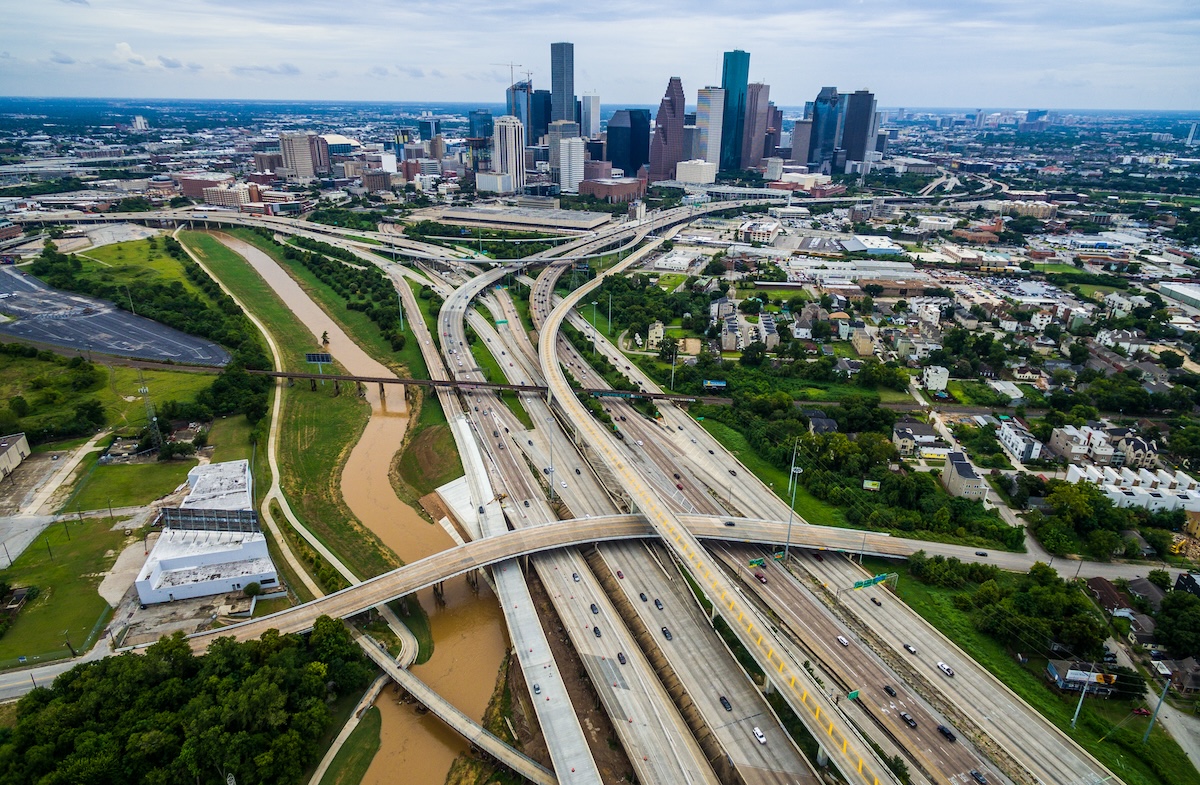
Space City lives up to its nickname with a footprint big enough to house 400 NASA facilities. Houston’s massive sprawl encompasses everything from coastal prairie to piney woods, with enough concrete to make it the largest city in the South by area. This Texas titan includes the world’s largest medical center, three major airports, and enough freeway miles to make your GPS cry.
Despite its size, Houston keeps growing – it’s one of the few major cities with room to expand, thanks to Texas’s liberal annexation laws. The city’s boundaries also include the nation’s largest concentration of chemical manufacturing facilities and enough underground tunnels in its downtown to shelter its massive workforce from the notorious Gulf Coast heat.
6. Butte, Montana (716 square miles)
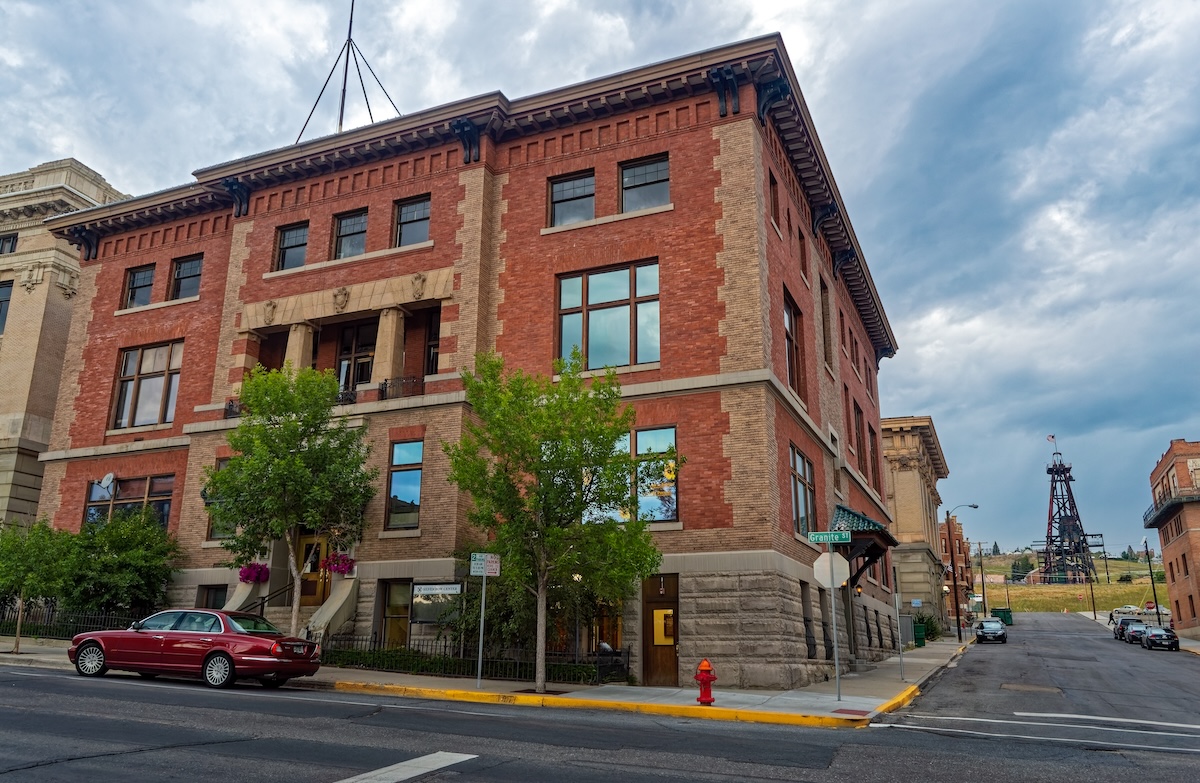
Surprise! This former copper mining kingdom claims more territory than Boston, Miami, and Las Vegas combined. Thanks to the 1977 consolidation with Silver Bow County, Butte-Silver Bow is technically one massive city-county that stretches from the Continental Divide to the Deer Lodge National Forest.
The city’s mammoth footprint includes the Berkeley Pit (one of the largest Superfund sites in America), active mining operations, and enough hiking trails to keep you busy until retirement. Who knew a city of 34,000 people could take up so much space?
5. Anaconda, Montana (737 square miles)

Another Montana shocker! Anaconda-Deer Lodge County covers more ground than Singapore, despite having fewer residents than many suburban neighborhoods. This former copper smelting center consolidated with its county in 1977, creating a massive jurisdiction that includes pristine wilderness, ghost towns, and the tallest masonry structure in the Northwest (the Anaconda Smelter Stack).
The city’s boundaries encompass three mountain ranges, two national forests, and enough wilderness to lose cell phone service for days. Locals proudly claim they can access world-class skiing, fishing, and hiking without ever crossing the city limits.
4. Jacksonville, Florida (747 square miles)
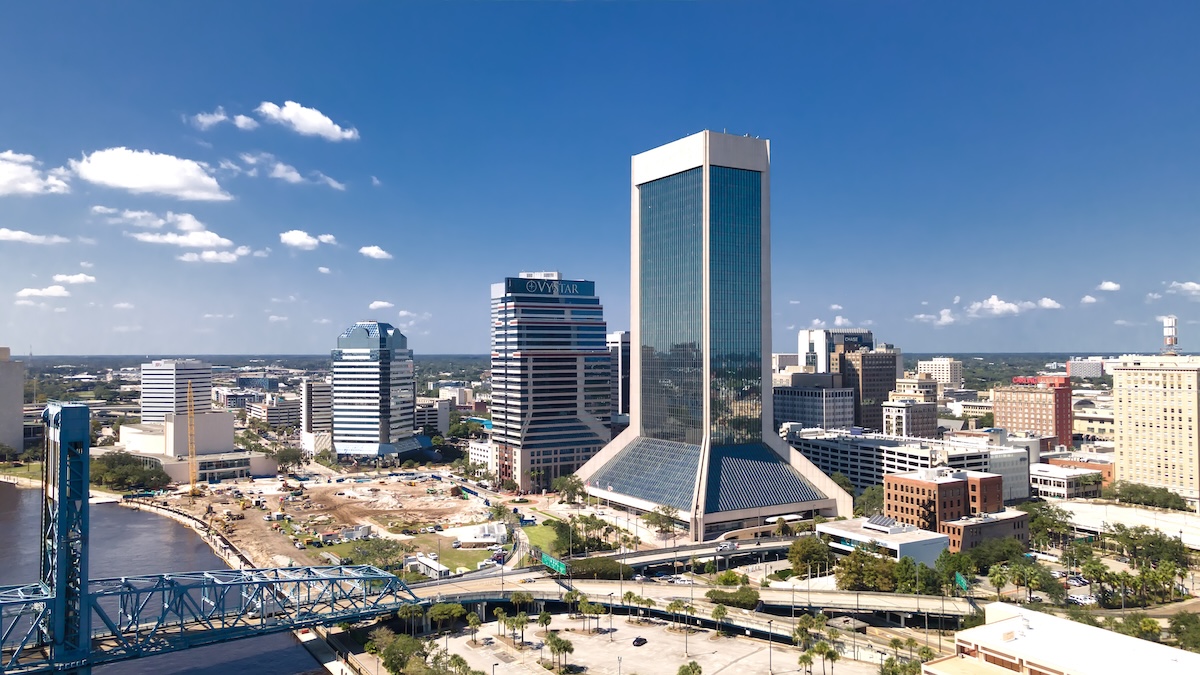
The largest city by area in the contiguous United States, Jacksonville could swallow New York City whole and still have room for lunch. When it merged with Duval County in 1968, Jacksonville created an urban giant that stretches from the Atlantic Ocean to rural farmland.
The city includes the largest urban park system in America, with more than 80,000 acres of parks and preservation land. Jacksonville’s beaches technically make it the largest city in the Lower 48 with oceanfront property. The St. Johns River cuts through the heart of this massive territory, creating a unique ecosystem where dolphins sometimes play in view of downtown skyscrapers.
3. Anchorage, Alaska (1,707 square miles)
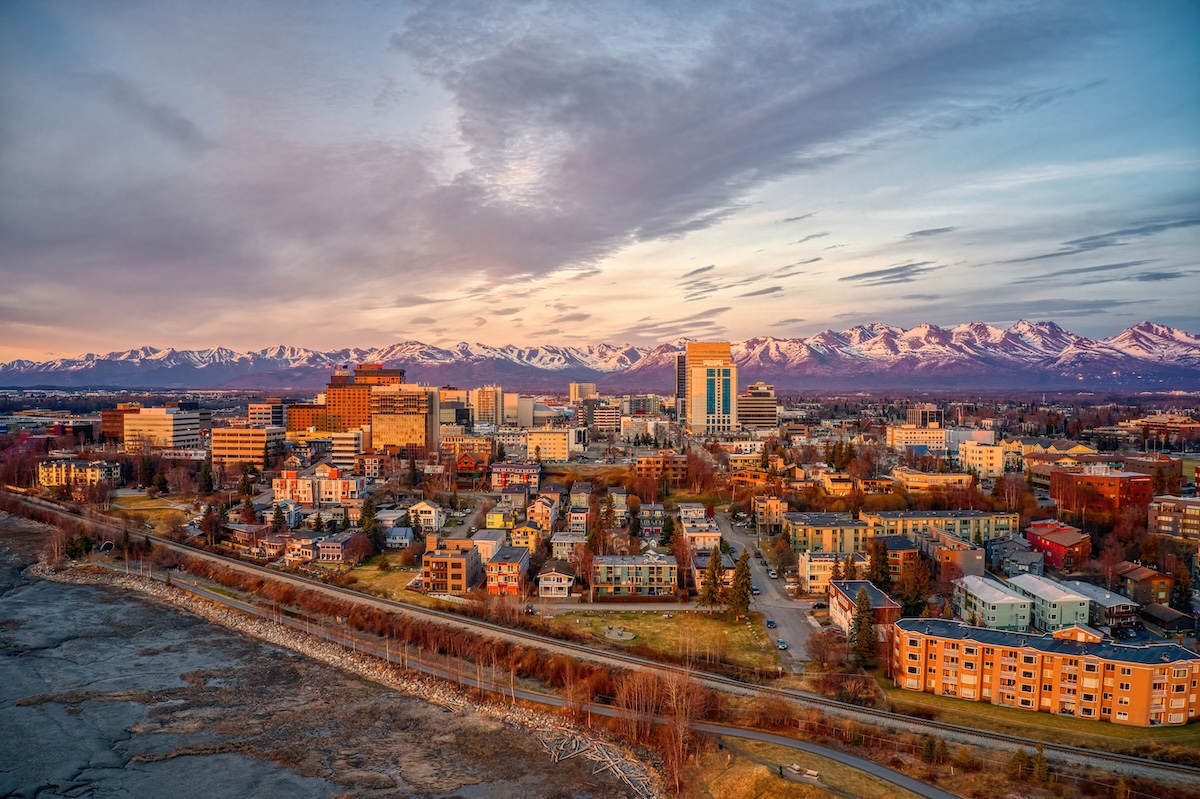
Now we’re talking serious size! Anchorage could contain both Rhode Island and Washington D.C. within its city limits. This Alaskan behemoth includes everything from urban downtown to actual glaciers, with enough wilderness to support 1,500 moose and 250 black bears living full-time within city limits.
The municipality stretches across an area longer than the state of Delaware, incorporating five military bases, two national forests, and terrain ranging from sea level to 5,000-foot peaks. On clear days, residents can spot six different mountain ranges from downtown, including the tallest peak in North America, Denali.
2. Juneau, Alaska (2,703 square miles)
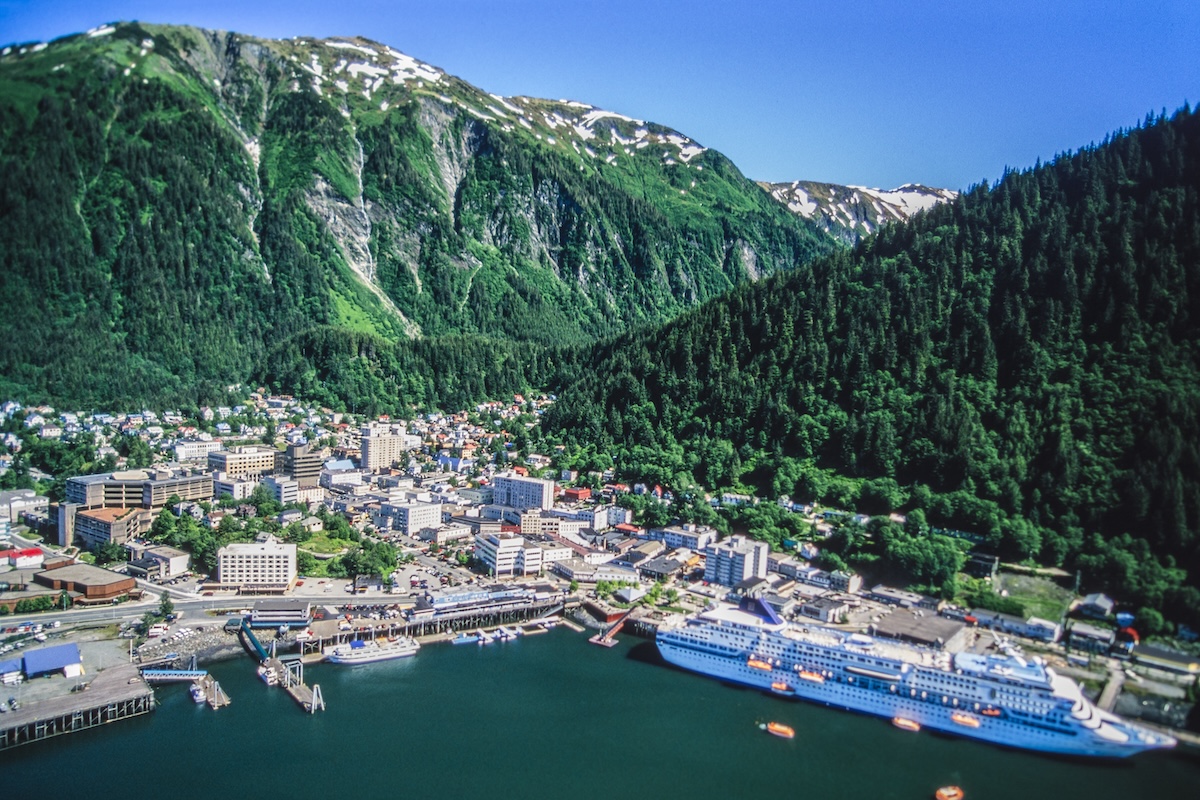
Alaska’s capital city is bigger than both Rhode Island and Delaware combined. As the largest American state capital by area, Juneau’s boundaries include massive ice fields, temperate rainforests, and enough waterfront to make Seattle jealous.
Despite its enormous size, you can’t drive to Juneau from anywhere – it’s the only U.S. state capital inaccessible by road. The city includes North America’s fifth-largest ice field and enough wilderness to house 1,500 bald eagles within city limits. From downtown, residents can watch cruise ships navigate the Inside Passage while massive glaciers calve in the distance. Talk about magical!
1. Sitka, Alaska (2,870 square miles)
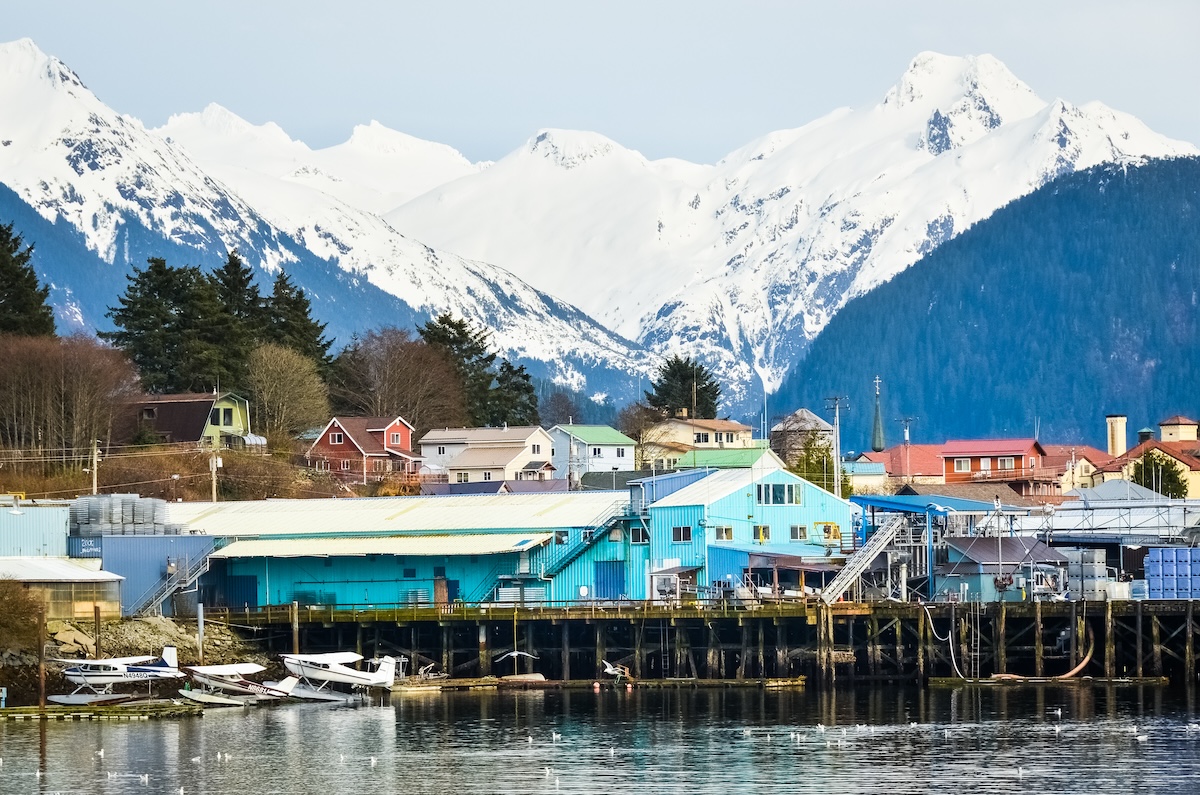
The granddaddy of big cities, Sitka could contain Luxembourg with room to spare. This former Russian capital sprawls across Baranof Island and portions of Chichagof Island, creating a municipality that’s roughly the size of Delaware plus Rhode Island.
The city limits include active volcanoes, pristine wilderness, and the largest temperate rainforest in the world. Despite its massive size, only about 9% of Sitka’s land area is developed – the rest remains wild enough to support brown bears, whales, and some of the best salmon fishing in North America.

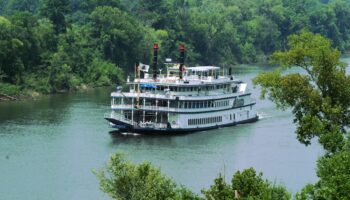

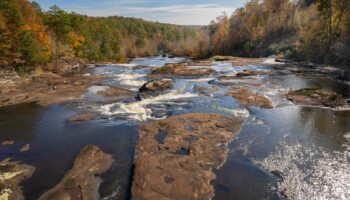


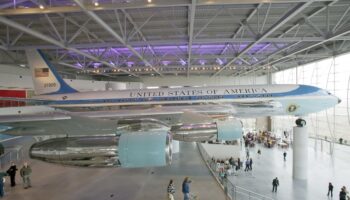


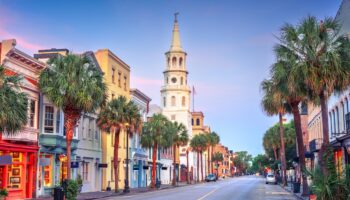
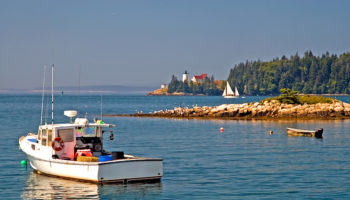
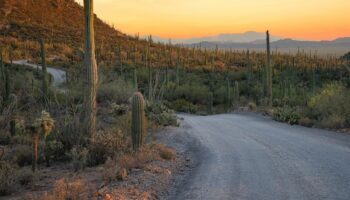

Leave a Reply